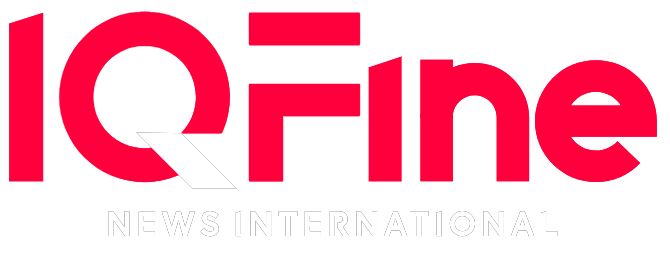One of the key concerns for those who have EV or those who don’t is the charging speed. How much time will their EV take to get fully charged? But still it is more than what a car took to the gas station for gas filling. While EV enthusiasts argue the proper route planning can mitigate this issue, the inconvenience of long charging stops is a valid concern. But not anymore, as Chinese-based companies BYD and CATL are reportedly working on lithium iron phosphatase (LEP) batteries that can be fully recharged in just 10 minutes.

As per report from local Chinese media CarNewsChina, both companies will debut their ultra-fast-charging LEP batteries by the end of this year, potentially making long charging stops unnecessary.
The breakthrough lies in this development is 6C charging rate that both the BYD Blade 2.0 and the CATL Qilin 2.0 battery feature. The number “6” in “6C” indicated that the charging multiplier is six times higher than the battery capacity. For example, a 100-amp-hour battery could be charged with a 600-am[ current that dramatically reduced the charging times.
However, the rapid adoption of these high-tech batteries in the future hinges on the availability of infrastructure. Are these capable of supporting such high charging speeds? Without the necessary upgrades to charging stations, owners of cars with these advanced batteries might not be able to fully benefit from the ultra-fast charging capability.

While these batteries can achieve remarkable charging speeds, it’s important to note that batteries cannot maintain peak charging rates from empty to full. Therefore, consumers might see marketing claims focusing on partial charging times, such as a 10% to 80% charge in 10 minutes. For instance, the updated Zeekr 001, with a 5C-capable battery, can recharge from 10% to 80% in 11.5 minutes.
As there is not much details about the upcoming 6C batteries form BYD and CATL, but we know from Chinese media that the DC fast chargers designed for 4C-rated batteries can deliver up to 480 kW of power and a maximum current of 615A. To achieve even faster charging like for 6C batteries , either the voltage or the amp rating would have to be higher. This will require significant financial investment to upgrade utility connections and expand the fast-charging infrastructure.

Despite these challenges, progress is being made. Huawei deployed its first 600 kW fast chargers earlier this year in China and Li Auto plants, the maker of the Mega minivan that is capable of gaining 310 miles of range in 10 minutes of charging said it would be to install 5,000 5C-capable fast chargers by next year.
Also the Tesla supercharger network, the largest DC fast charging network in the country, offers up to 250 kW from its V3 stalls. Other providers, like Electrify America and Gravity Charging, are pushing the boundaries with capabilities of up to 350 kW and 500 kW respectively.








